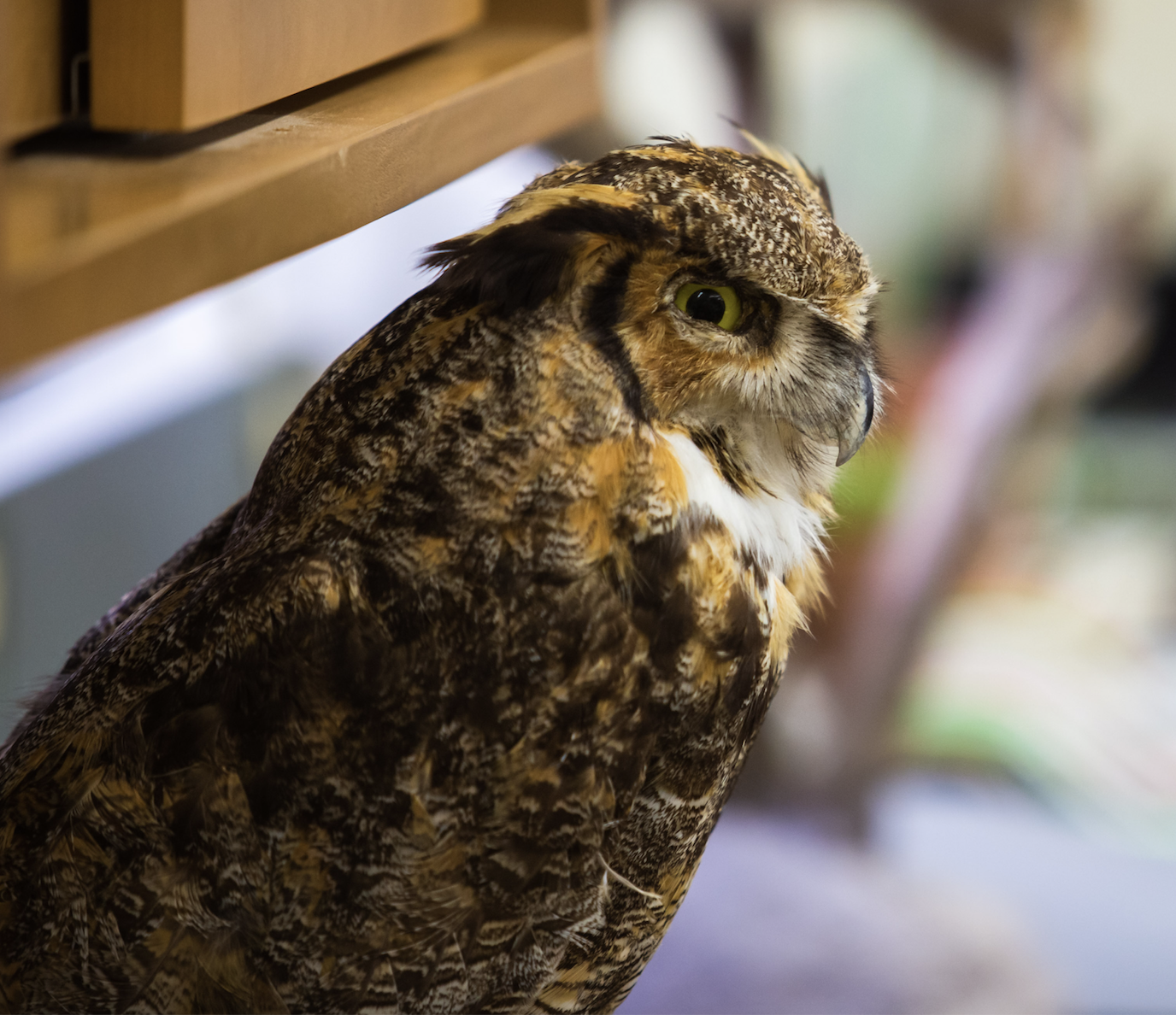Movement: Nature's Flying Machines
By Blake Cahill, Anna Monfils, and Debra Linton

Module Description:
This week’s featured resource is a lab module in which students explore the physics of flight, the adaptations that make powered flight possible, and the evolution of powered flight in vertebrates and invertebrates.
Movement is a key function required for the survival and reproduction of organisms. Microorganisms, such as bacteria and unicellular protists, achieve movement via cellular structures such as cilia and flagellae. Plants and fungi are incapable of individual locomotion but can disperse their offspring via seeds and spores and can grow towards or away from environmental stimuli. Animals have evolved a multitude of methods for movement in terrestrial, aquatic, and aerial environments. One of the most successful types of animal locomotion is flight. Flight has evolved at least four separate times, in the insects, pterosaurs, birds, and bats. Flying animals have a diversity of body forms and aerial abilities. They can teach us a lot about form and function. In fact, scientists study animal flight to develop flying robots, airplanes, and rocket ships. In today’s lab, you will investigate the forces involved in the form and function of flight in birds and insects.
Students completing this module will be able to:
-
Explain the forces acting on flight.
-
Describe how lift is created by wings.
-
Compare how antagonistic muscles (flexors, extensors) power flight in animals with endoskeletons and exoskeletons.
-
Discuss how wing morphology (form) relates to flight ability (function).
-
Evaluate the impact of body mass and wing morphology on bird migration distance.
In addition to the lab module itself, this resource includes a pre-lab activity and assessment questions. Answer keys and a PowerPoint presentation are also available to instructors upon instructor verification.
Teaching Setting:
This resource was designed for use in an introductory biology lab course for majors. However, the module consists of several data modeling and paper modeling activities that could easily be adapted for lecture courses and implemented across multiple class periods if needed.
Citation:
Cahill, B., Monfils, A., Linton, D. (2019). Movement: Nature's Flying Machines. Biodiversity Literacy in Undergraduate Education, QUBES Educational Resources. doi:10.25334/Q4P165
|